Hawkes Bay writer and librarian Kura Rutherford reflects on her life-less-ordinary childhood and the importance of finding the familiar in books.
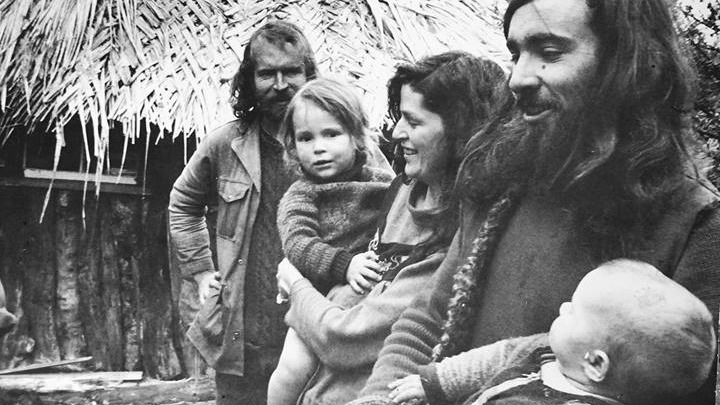
‘A wagon track ran before the house, turning and twisting out of sight in the woods where the animals lived, but the little girl did not know where it went, nor what might be at the end of it.’
Little House in the Big Woods
In the classic story Little House in the Big Woods, Laura Ingalls lived in a log cabin in the Wisconsin Forest with her pa and ma, and her sisters, Mary and Carrie. Laura’s days were made up of simple domestic routine: collecting water, milking the cow, lighting the lamps at night.
Laura’s story is a warm picture of homesteading life – if not the whole truth of it. Her account lifts the scarcity, the struggles, and the realities of the forest into a fine tale. Critics have pointed out that Ingalls Wilder made good use of that delicate balance between truth and narrative, and Paula Morris’ recent brilliant essay, ‘Rocky Ridge’, explores this, and Laura’s life, in more depth.
Laura’s story, both the truth and fiction, was a critical element of my childhood. And not, I think, for the same reasons as most of her readers. While for many, Laura’s story transported them to another world, she gave me a chance to see my own.
*
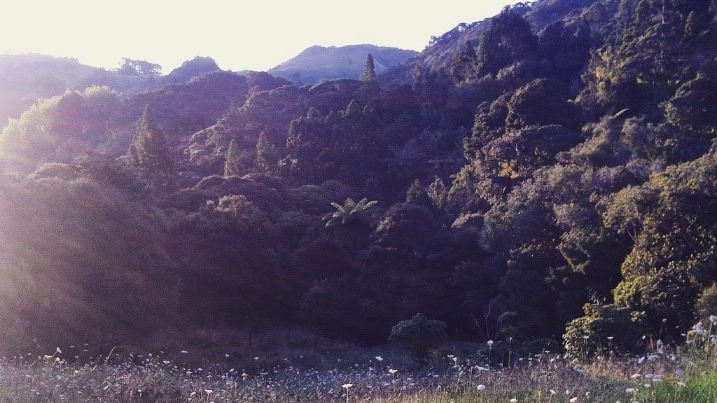
In the early 1970s, my parents threw their last $2 note off the edge of a bank as they struck out into the Waima ranges in Hokianga to live a hippy dream. They believed, ‘The world is not a place to grow rich in, but a place in which to find the riches of friendship and of music, and the rewards of living in direct contact with nature.’ (Ted Reynolds (1977). Three years up north. Weekend Magazine. New Zealand Herald. Saturday February 26.)
My childhood home was a 45-minute walk up into the bush, through the kiokio and button fern, and the perils of cutty grass and Omanaia clay. Up there, the mist was low and dense until late morning, the westerlies swept in, and it rained – a lot. We lived in a house made of bits of a demolished local school. We milked a goat, chopped and stacked piles of wood, washed our clothes in a copper, and lit our kerosene lamp each night.
*
My dad still lives on the edge of the Waima Forest. Last night, my sisters and I took the kids camping there. While we ate our dinner at a long trestle table in the paddock, we could see all the cousins in amongst the wild carrot and daisies, heads bent, straw hats bumping and overlapping. They told us later that they were creating a fairy village, with a café, a hotel, a shop, and a home for a spider. From their little piece of earth they were building an imagined world.
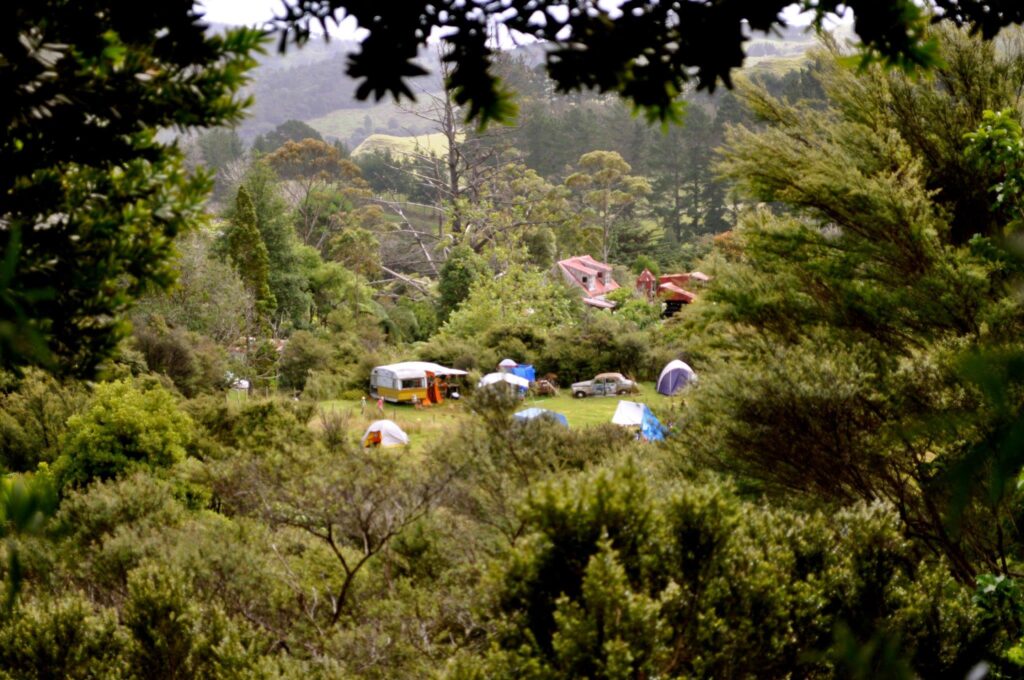
*
In the ’70s, my parents had imagined how the world could be. Stepping out and reimagining society is political. It’s a way to shift stereotypes and prejudice, and make our world a more inclusive place. As a children’s librarian and parent, I see how books help in that process. They help us make new worlds in our heads, and dream and feel into other ways of being.
But, reading can also let us inhabit our own lives – by reflecting back familiar objects, routines and narratives. And if you are a kid who doesn’t see your home life reflected in popular culture (or the story isn’t being told with empathy and optimism), then sometimes just one book can make a difference.
For me, it was a book about a girl in Wisconsin in the early 1870s.
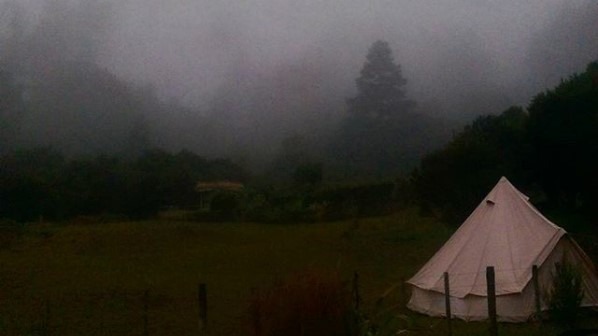
*
My children’s favourite books are filled with boats, beach buckets, long weekends and fun with family. In Magic Beach by Alison Lester, each page is full with picnics, sand, and then returning home with cousins to the bach for bed. Margaret Mahy’s A Summery Saturday Morning describes a family’s eventful outing to the beach. In Sally Sutton’s delightful When We Go Camping, Sutton and illustrator Cat Chapman capture the sights, sounds and misadventures of a Kiwi camping trip.
The fact that my children have a close affinity with these landscapes and stories is nuanced, socially and politically. Because of circumstance and privilege, it wasn’t too difficult for me as an adult to find a way ‘in’ to another way of life. I live in a less radical space than my parents did. Now my children can see themselves in stories, know their place, and grow and anticipate within the framework of dominant social narratives.
When I was young I questioned my place all the time. I knew how to survive in the wild, I felt safe and loved at home, but out in the world I was always looking for clues about where I fitted, signs that I wasn’t invisible, or worse, was really visible in that creeping shame way. All that searching can get to rule you. If confidence is linked to a strong sense of cultural identity, then that picture is pretty complicated when you’re in the grey space saved for kids of a radical subculture.
While Laura Ingalls’ family politics and cultural context were very different from mine, I had more in common with her life than I did with the lives of many of my classmates. Laura didn’t watch Charles in Charge and play netball. She had never visited the Gold Coast. She did the same things my siblings and I did: made butter, learnt to knit, cooked dinner in one pot over an open fire.
Laura was happy with hard work and simple domestic routines. Her safe, warm home offered shelter from the dark. She found that the prairie, like the forest, had plenty of scary things – but a brave heart, grit, and sense of humour helped. Her family valued being together, nature, music and community.
So now when I am reading a book I can’t help think about whose story is being told, and how it is being told. By writing, reading, or choosing books that highlight lives ‘less ordinary’, we are simultaneously doing two things: offering some children, like mine, an opportunity to inhabit other worlds, and giving other, less visible, children a chance to grow into their own worlds. I think empathy must live in that space in between.
*
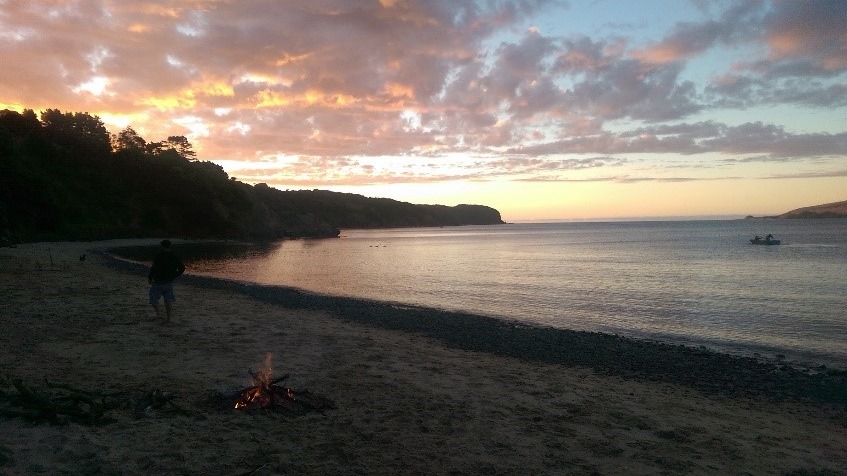
Tonight, back from camping, we are staying at my mum’s house by the beach. My daughter’s hair is tightly plaited, sand and mud are washed away, for now. It’s story time, and we have a new chapter book. At the front of the book my name is written in a seven-year-old’s loose script. The pages are brown, and the spine mended with masking tape. Its days are numbered.
And so it begins, ‘The great, dark trees of the Big Woods stood all around the house, and beyond them were other trees and beyond them were more trees.’ The world through the eyes of Laura Ingalls Wilder. There, on a still Hokianga summer evening, tucked in under her grandma’s hand sewn crazy-quilt of hoarded scraps, my daughter is transported to a world she only knows in storybooks.
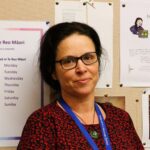
Kura Rutherford
Kura Rutherford (Te Rārawa, Ngāpuhi) is a school librarian, writer and editor, who lives in Tāmaki Makaurau. She grew up in Hokianga and Grey Lynn, before moving to Hawke’s Bay for 20 years with her husband, Dominic, to bring up their three daughters. She worked for 10 years in public libraries in customer service and community roles before becoming the sole charge school librarian at Taikura Rudolf Steiner School in Hastings. Now having returned to Tāmaki with her family, she works in the same role at Michael Park School in Ellerslie. She has been connected to Steiner education since she was 23 when she and her husband worked for a year at Hōhepa Farm in Hawke’s Bay, and all three daughters have attended Steiner schools. Kura’s writing focus is on health, education and literature, and she has written for The Sapling, Good magazine, EBSCO databases, Magpies magazine, and craft magazine Extracurricular. She has a special interest in supporting organisations in their te reo Māori strategic planning and development aspirations.



